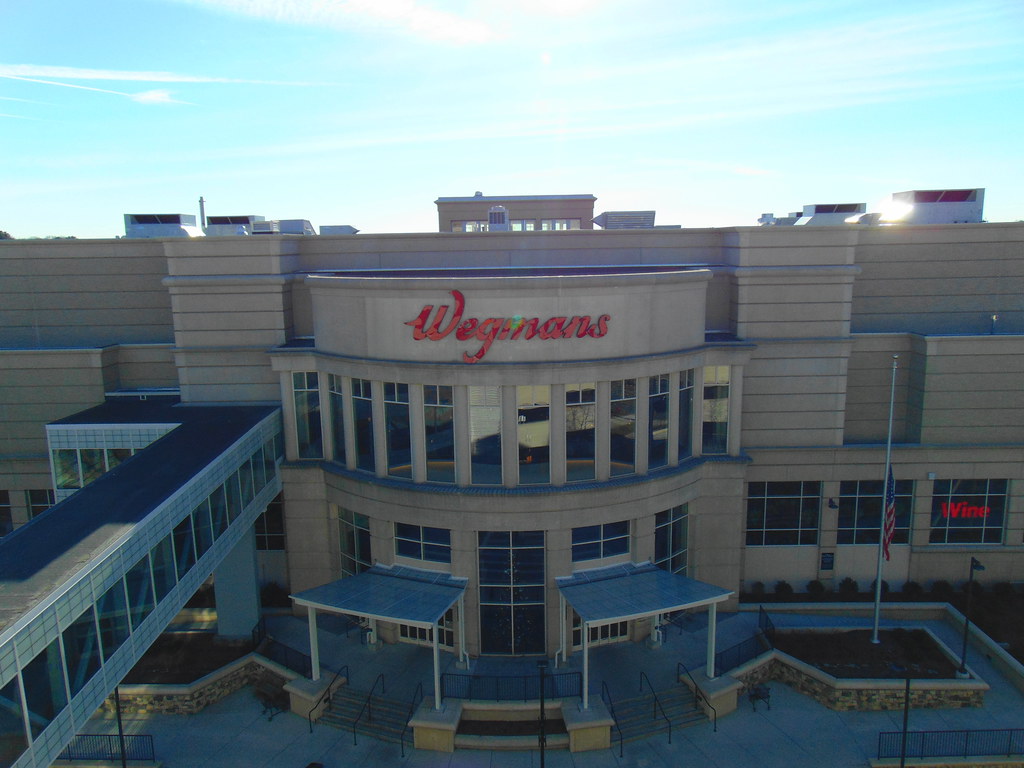
Ah, the shopping mall. For an entire generation, these sprawling temples of commerce were more than just a place to buy things; they were the heart of American culture, buzzing with an energy that made every visit feel like an adventure. Before smartphones tethered us to endless digital scrolls and online carts became the norm, malls were social epicenters, places where friendships bloomed, first dates stumbled, and weekend plans were etched in stone.
Indeed, if you grew up in the 1980s and ’90s, the mall wasn’t just a destination; it was *the* destination. Kids these days, with their instant gratification and digital distractions, have absolutely no idea what they missed out on when these ‘ghost malls’ were alive and well. We’ve seen things you young people wouldn’t believe: Hot Topics on fire off the shoulder of the arcade, and Spencer’s Gifts glittering in the dark near the Sears gate. All those moments, once so vivid, sometimes feel lost in time.
Over the years, many of these iconic attractions and beloved stores have quietly disappeared, replaced by online shopping, changing tastes, and a relentless pursuit of efficiency. But fear not, fellow nostalgics! Grab yourself an Aunt Annie’s pretzel and an Orange Julius – or at least, imagine doing so – as we embark on a delightful trip down memory lane, revisiting some of the most cherished mall features that defined an entire generation and exploring what happened next.
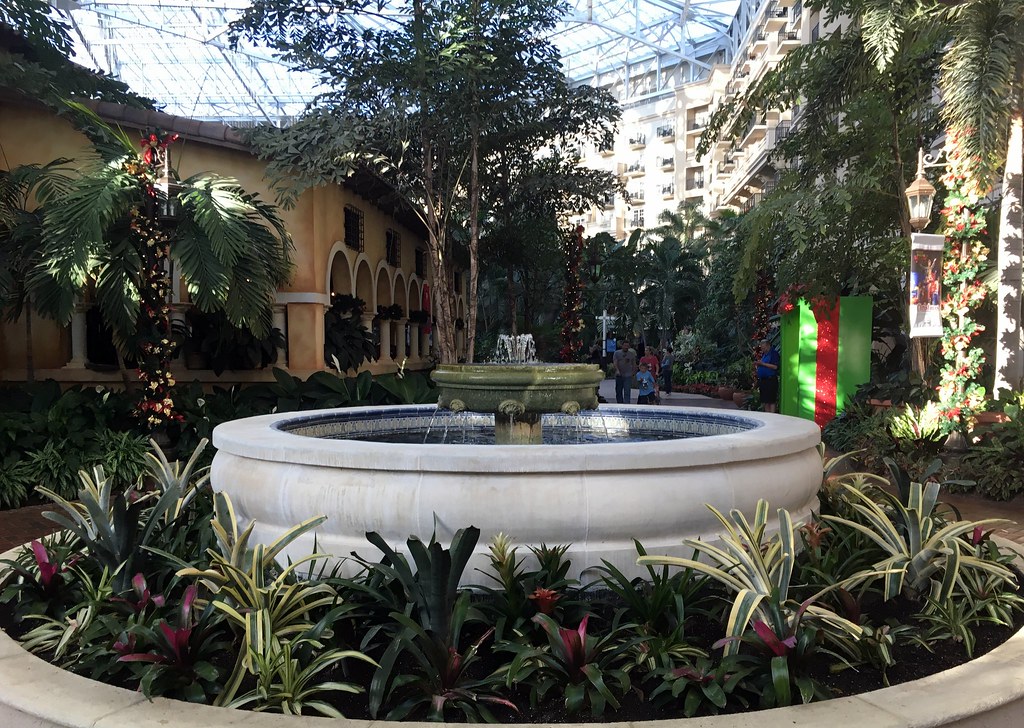
1. **Atrium Fountains and Water Features**Remember the soft gurgle of water, the sparkling dance of light, and the gentle plink of pennies hitting a ceramic basin? Atrium fountains and grand water features were once the undisputed magical heart of countless shopping malls. These weren’t just decorative elements; they were living, breathing centerpieces that created a peaceful, almost serene backdrop to the busy shopping days, transforming ordinary spaces into something extraordinary.
Families would gather around these watery spectacles, tossing pennies and making wishes, their dreams shimmering at the bottom alongside countless others. For kids, watching the coins glitter, imagining all those wishes coming true, was a small, quiet thrill amidst the retail bustle. These fountains quickly became unofficial meeting spots and prime photo opportunities, etching themselves into countless family albums.
Today, however, most of these beautiful water displays, including fountains, ponds, and even waterfalls, have quietly vanished. The reasons are largely practical: they were expensive to maintain, required constant cleaning, and took up valuable real estate. Many have been removed to cut costs or, more commonly, to create more retail space, making way for additional stores or seating areas. It’s a pragmatic trade-off, but one that certainly leaves a void in the mall’s soul.
While the grand, central fountains are mostly gone, their spirit lingers in the memories of those who remember their tranquil charm. The soothing sounds and visual appeal they offered are now often sought in other forms, perhaps through less elaborate water installations or simply through the nostalgic recollection of a simpler, more whimsical era of mall design. The magic, however, remains in our minds.

2. **Indoor Ice Rinks**Gliding across real ice, surrounded by the hustle and bustle of stores, felt absolutely surreal – a truly unique experience that epitomized the grandeur of classic mall design. Mall ice rinks offered year-round winter fun, regardless of the weather outside, creating an unexpected oasis of frosty delight in the middle of a shopping center. It was a bold, ambitious feature that truly set some malls apart.
These rinks were the backdrop for countless cherished memories. Birthday parties often unfolded here, with excited children slipping and sliding, fueled by cake and soda. First dates, a blend of awkwardness and hopeful glances, frequently stumbled along the boards, creating unforgettable, if sometimes comical, moments. And during the holiday seasons, these rinks truly sparkled with festive decorations, amplifying the cheer.
Maintaining an indoor ice rink was, understandably, an expensive endeavor. The refrigeration systems, regular resurfacing, and staffing costs meant that only the most prosperous malls could sustain them. As operational costs soared and retail landscapes shifted, many of these dazzling ice oases became casualties, deemed too costly for the dwindling foot traffic they attracted.
While the number of indoor mall ice rinks has significantly diminished, the memories they created still make people smile today. They offered a vibrant community hub, a place for recreation, celebration, and even a little romantic awkwardness, proving that malls once offered much more than just shopping; they provided unforgettable, full-spectrum experiences that standalone entertainment venues sometimes struggle to match.
Read more about: Your Ultimate Guide to 15 Top Sites for Scoring Free Stuff Online

3. **Themed Neon Heavy Food Courts**Step back into the 80s and 90s, and you weren’t just entering a food court; you were stepping into a visual feast, a sensory explosion of vibrant colors and bold design. Neon lights blazed in every color imaginable, turning lunch into an experience that went beyond the taste buds. These food courts rocked with bold geometric patterns, undeniable Miami Vice vibes, and enough visual energy to power a small city.
This was the ultimate gathering spot between stores, where friends debated the eternal question: pizza versus Chinese food? The aesthetic screamed excitement and modernity, a reflection of the era’s optimism and flair. It made even an ordinary meal feel like a special occasion worth remembering, a place where the atmosphere was as much a part of the meal as the food itself.
The sheer audacity of these neon-heavy designs was part of their charm. They weren’t just functional eating areas; they were statements, vibrant hubs that pulsed with life and color. Every corner offered a new visual delight, from checkerboard floors to futuristic seating arrangements, all bathed in the warm, inviting glow of electric light.
As mall aesthetics evolved towards more minimalist and natural palettes, the themed neon food courts gradually faded. Modern food courts tend to be sleeker, more subdued, focusing on a cleaner, more contemporary look. While they still offer a plethora of dining options, they rarely capture the same audacious, exciting visual energy that made their neon-drenched predecessors so uniquely memorable and truly a product of their time.
Read more about: The Nostalgia Mystery: Unearthing 15 Arcade Games That Vanished From Shopping Malls
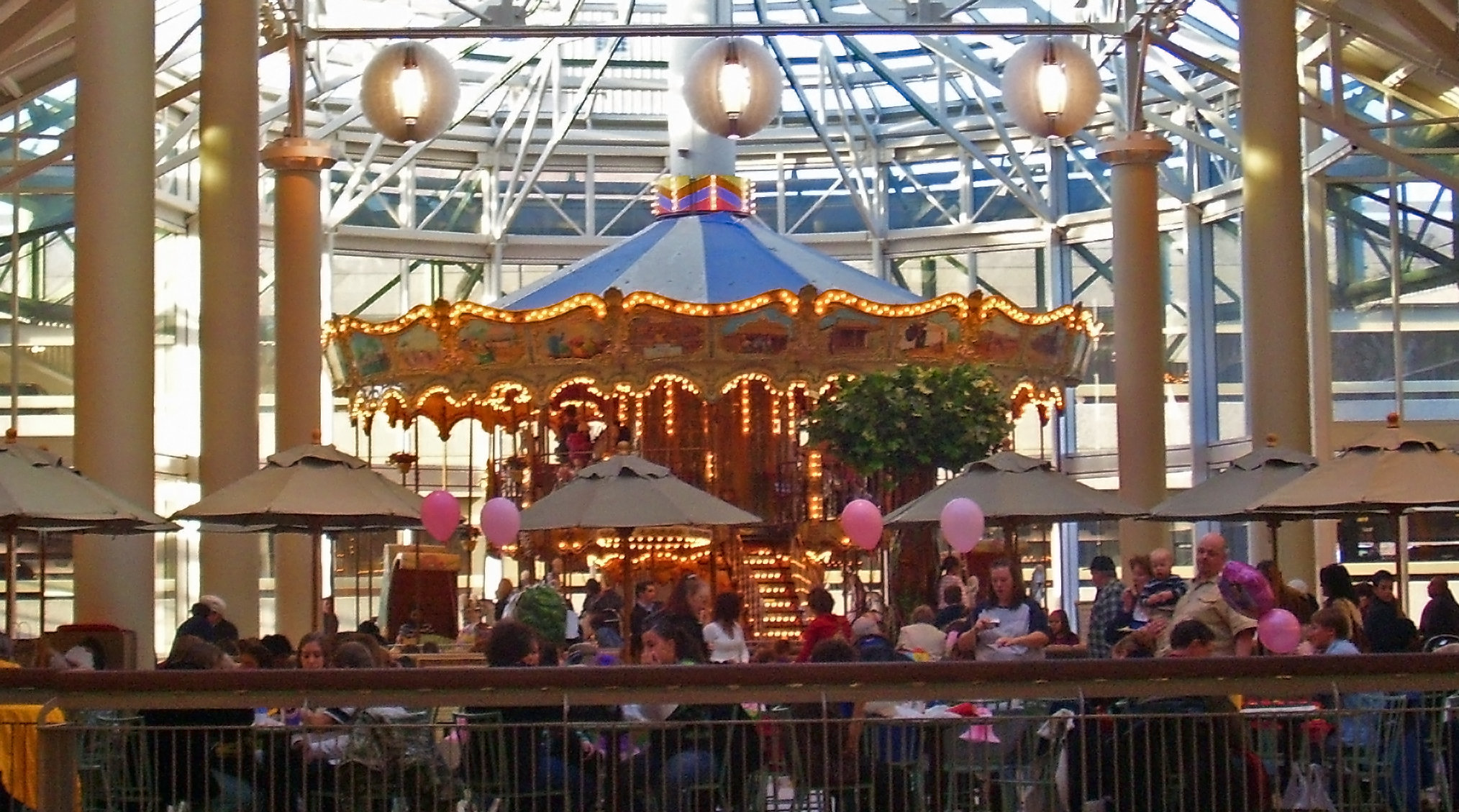
4. **Center Court Carousels**Imagine the cheerful, tinkling music echoing through mall corridors, drawing you towards the magical sight of painted horses bobbing gracefully up and down. Center court carousels offered pure, unadulterated childhood joy, nestled right in the middle of shopping chaos. They were an unexpected, delightful interlude that brought a touch of carnival whimsy to the everyday retail experience.
For parents, these carousels were a godsend, offering a convenient spot to rest on benches while their kids rode circles, giggling with delight. It was a moment of peace for the adults and pure exhilaration for the little ones, a win-win situation that enhanced the overall family shopping trip, transforming a mundane errand into a memorable outing for all involved.
These timeless attractions weren’t just for toddlers; they connected generations. Grandparents would often share stories of their own childhood carnival rides, creating new traditions and bridging generational gaps right there in the mall. Each spin was a new memory, a shared moment of simple happiness that transcended the commercial surroundings, making them truly special.
While some malls still feature smaller, more modernized versions of these rides, the grand center court carousels are a rarer sight today. Like many elaborate mall features, their removal often came down to space constraints, maintenance costs, and a shift in focus towards maximizing retail square footage. Yet, the memory of those cheerful tunes and painted horses remains a potent symbol of a more playful, family-centric era of mall-going.
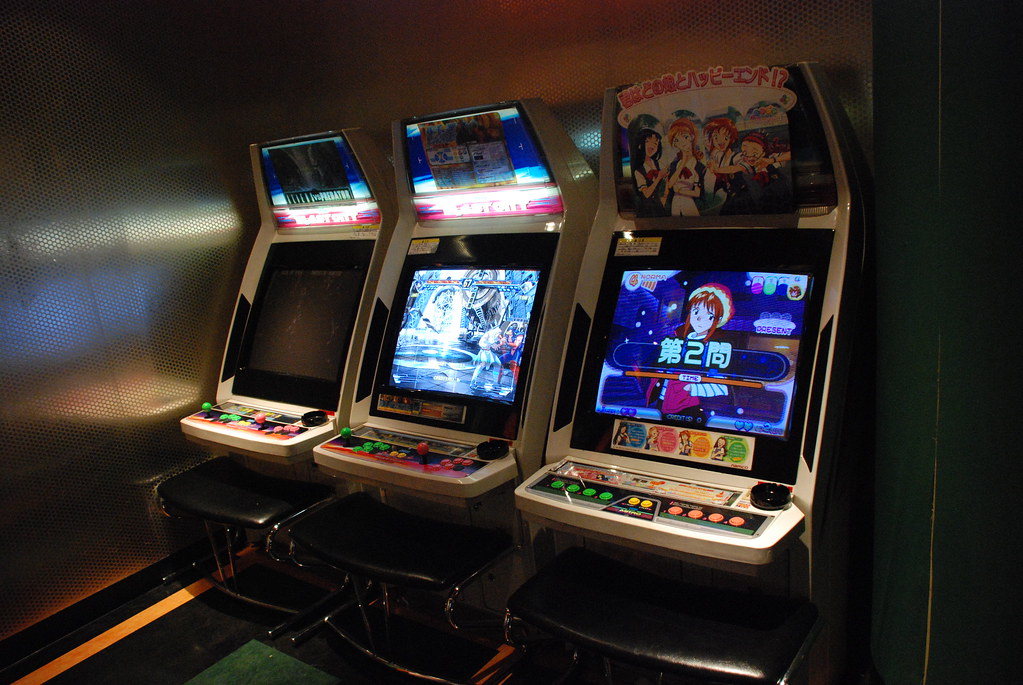
5. **Full Scale Video Game Arcades**Before gaming consoles became household staples and online multiplayer ruled the digital realm, arcades were the undisputed teenage kingdoms within malls. The symphony of quarters clinking into slots, joysticks clicking with furious precision, and victory music blaring from every corner created an electrifying atmosphere. This was where skills mattered more than anything else.
Arcades were vibrant social hubs, pulsating with competitive energy. Whether it was intense Street Fighter battles, the immersive thrill of racing simulators, or the rhythmic challenge of dance machines, these establishments drew crowds. High scores weren’t just numbers; they earned serious bragging rights, fostering a passionate community and keeping everyone coming back for more, day after day.
A mall arcade was once the absolute go-to place for teens to blow off steam, challenge friends, and immerse themselves in the latest pixelated adventures. It was loud, it was flashy, and it was undeniably full of energy. The sheer sensory overload was part of its charm, a thrilling escape from the everyday world that you could only truly get by stepping through those neon-lit doors.
However, as home gaming improved dramatically and consoles became more powerful and affordable, the allure of the mall arcade began to dim. Why spend quarters when you could play endless games in your living room? These beloved arcades, once bastions of competitive glory, began to disappear. Nothing, however, truly beats that authentic, communal arcade experience today, a fact keenly felt by those who miss the distinctive sights and sounds of a bustling mall arcade.
Read more about: Seriously Where Did They Go? 6 Legendary Games That Vanished From Arcades: Unearthing the Myths

6. **Photo Booths**Before smartphones became our ubiquitous personal photographers, capturing every moment with effortless ease, photo booths held a unique and cherished spotlight in the mall experience. These tiny, often unassuming booths were memory-making machines, miniature stages for laughter, goofy poses, and heartfelt connections. Four friends squeezed into one tiny space, their collective laughter echoing as the flash popped.
These weren’t just photographs; they were tangible strips of black-and-white (or sometimes color) faces, capturing unfiltered joy, spontaneous silliness, and friendships sealed in glossy paper. The anticipation of waiting for the strip to develop, then tearing it apart to share, was a ritual in itself. Each strip became a prized possession, a small piece of a shared memory, a tiny time capsule.
You’d trade strips with friends, carefully taping them inside lockers, or slipping them into wallets, each one smelling faintly of film and fun. These little squares of laughter became treasured souvenirs of simpler, sillier days, tangible proof of an afternoon well spent. They were personal, intimate, and often hilariously candid, capturing moments in a way a posed digital photo rarely could.
Photo booths were truly a mall staple, perfect for snapping silly snapshots or romantic couple photos. People would line up, coins in hand, eager to create their own personalized visual stories. With smartphones now everywhere, turning everyone into an instant photographer, photo booths have mostly vanished, becoming a nostalgic echo of a time when capturing a moment required a bit more effort, a bit more anticipation, and a whole lot more squeezing into a tiny, curtained box.”
Read more about: Beyond the Badge: Unpacking the ‘Stuck-Up’ Stereotypes of 9 Luxury Car Owners
7. **Pay Phone Banks**Before every pocket held a miniature supercomputer, these gleaming rows of silver phones were literally our lifelines to the outside world, neatly lining mall walls. Imagine the pure, unadulterated stress of realizing you needed to call home for a ride, only to discover you were fresh out of quarters! These public communication hubs were a testament to a simpler time.
These humble booths were buzzing with life, far more than just utilitarian objects. Teenagers would huddle close, whispering secrets into the receiver, making plans that felt monumentally important at the time. Parents, meanwhile, used them to check in or coordinate pickups, often enduring a serious test of patience if all lines were busy.
For all their clunkiness and undeniable lack of privacy, these pay phones truly connected us. They were the bridge between the self-contained universe of the mall and the world beyond its glass doors, fostering a shared experience of fumbling for change that modern communication simply can’t replicate. Even the most mundane mall features held a touch of magic.
While the ubiquitous cell phone has rendered these pay phone banks virtually extinct, the memories of their distinct ring and the frantic search for a dime are indelible for anyone who grew up traversing mall corridors. The echo of those hurried conversations and the relief of hearing a familiar voice still resonates in the grand hall of mall nostalgia.
Read more about: Unlock Savings: 12 Actionable Ways to Negotiate Your Used Work Van Price
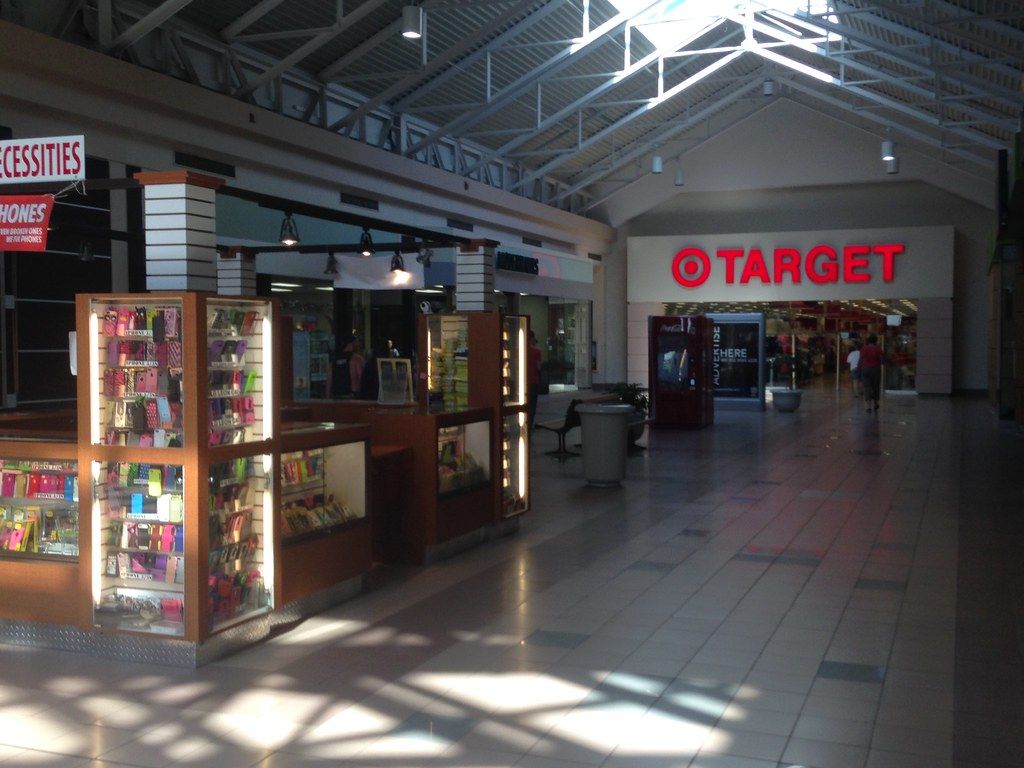
8. **Big Anchor Department Store Mall Entrances Sears**Ah, Sears. The name itself conjures images of sprawling retail majesty. Long before Amazon, these massive Sears entrances anchored malls like mighty fortresses, beckoning families into what felt like an entire universe of commerce. Walking through those colossal doors wasn’t just entering a store; it was embarking on a full-day retail adventure.
Sears truly had it all, and then some. Need tools for dad? Check. New clothes for the kids? Absolutely. A shiny new appliance for the kitchen? Right this way! From toys to household necessities, every imaginable item was meticulously arranged under one expansive roof. These stores were institutions where families planned entire shopping trips.
For many, a visit to the mall wasn’t complete without a pilgrimage to Sears. It was the retail equivalent of a compass, guiding shoppers and drawing foot traffic deep into the mall’s interior. The sheer breadth of its offerings made it an undeniable cornerstone of American consumer culture, a reliable giant that seemed immune to the whims of time.
Sadly, the era of the Sears anchor store has largely faded, leaving behind gaping holes in malls nationwide. Their closures didn’t just mark the end of a retail giant; they fundamentally changed the landscape of the American shopping mall forever, signifying the twilight of an era where one store could truly sell absolutely everything.

9. **Big Anchor Department Store Mall Entrances JCPenney**If Sears was the sturdy fortress, then JCPenney’s bright entrances were the inviting, perfume-scented gateways to a world of fashion and home goods. Shoppers once stepped through those doors to be greeted by the tantalizing aroma of new clothes and the gleam of polished floors, a sensory experience that instantly signaled “serious shopping ahead!” This was an integral part of countless family rituals.
Think back to the thrill of back-to-school season, where JCPenney truly shined. Carts buzzed with new jeans, crisp sneakers, and enough notebooks to fuel academic ambition, each purchase imbued with the hope for a fresh start. These anchor stores, strategically positioned at the ends of malls, acted like powerful magnets, pulling families inside.
JCPenney was more than just a place to buy your school wardrobe; it was a reliable fixture in the ever-changing mall ecosystem. It offered a blend of affordability, quality, and variety that resonated with generations of shoppers, cementing its place as a trusted destination for everyday needs and special occasions alike. Shopping here felt less like a chore and more like a cherished weekend event.
The loss of these beloved JCPenney stores didn’t merely close a door on a retail establishment; it quietly silenced an era of weekend rituals and bustling community hubs. Their diminished presence is a poignant reminder of how profoundly the retail world has transformed, and how much of that tangible, in-person shopping experience has been reshaped.
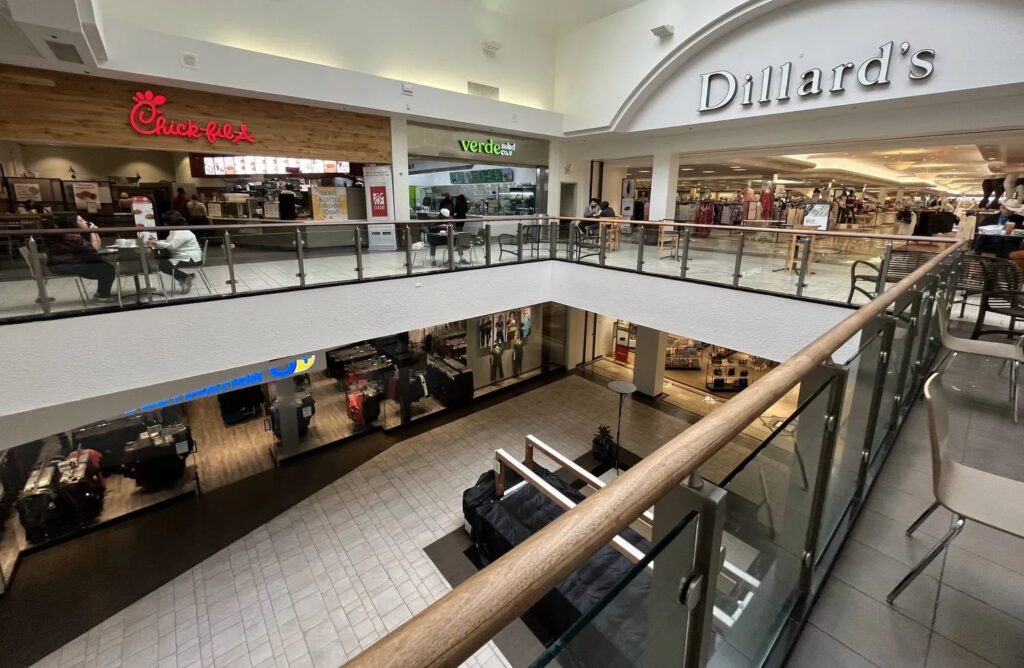
10. **Information And Directory Kiosks**Long before we relied on pocket-sized GPS and digital maps, the friendly staff behind information desks were the unsung heroes of the mall, veritable human search engines for the bewildered. Lost your kid? Head to the information desk! Can’t find that new Bath & Body Works? The kind person had the answer, with a cheerful smile.
Beyond the helpful humans, giant, illuminated maps served as beacons of navigational clarity. These impressive directory boards, often adorned with colorful buttons you could press to light up a store’s location, made navigating even the most sprawling mall feel like a simple quest. No more wandering aimlessly; these kiosks ensured you got to your destination with minimal fuss.
These kiosks and their dedicated staff weren’t just about pointing you to the nearest cinnabon; they served as miniature command centers, keeping mall operations running smoothly every single day. They handled everything from lost and found to general inquiries, acting as the central nervous system of the bustling retail environment, offering a sense of order.
Today, while some malls have embraced sleek digital touchscreen directories, the charm of the old-school, staffed information desk is largely a thing of the past. The warm interaction and the satisfying glow of a lighted map have been largely replaced by impersonal screens. It’s a pragmatic evolution, of course, but one that certainly leaves a nostalgic pang.
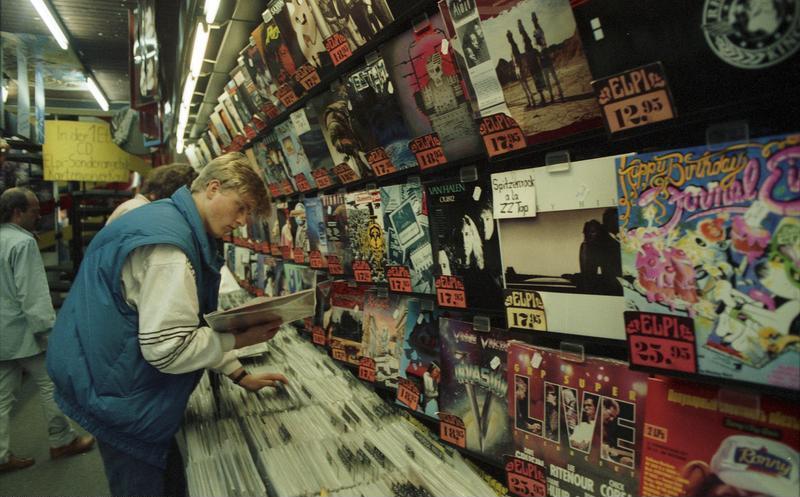
11. **Record And CD Shops**For an entire generation of music lovers, the record and CD shop was less a store and more a sacred temple, a hallowed ground where the discovery of musical gold was a tangible, exhilarating experience. Flipping through endless racks of albums wasn’t just shopping; it was a treasure hunt, a deep dive into the sonic tapestry of the world.
These weren’t just transactional spaces; they were vibrant cultural hubs. Knowledgeable staff, often passionate music aficionados, were always on hand to offer recommendations, turning a casual browse into a curated musical journey. And oh, the midnight releases! These were events of almost religious significance, drawing massive crowds of devoted fans.
The feeling of holding album artwork in your hands, dissecting liner notes, and truly owning a piece of musical art was an intimate connection that digital streaming simply cannot replicate. These shops were places where music lovers connected, debated, and shared their passions, fostering a tangible community that thrived on the shared experience.
Alas, the digital revolution, with its boundless convenience and instant access, proved to be the ultimate killer of this beloved experience. While music itself is more accessible than ever, the thrill of the hunt, the social connection, and the tactile joy of record and CD shops have largely vanished, leaving only memories of those bustling aisles.
Read more about: The 11 Most Important Questions to Ask a Retirement Home Manager for Your Family’s Peace of Mind
12. **In Mall Toy Stores Like KB Toys**Step into a classic mall, and for any child, the sight of an in-mall toy store like KB Toys was nothing short of an absolute wonderland. Bright colors exploded from every display, and endless aisles were crammed with every imaginable plaything. Kids, eyes wide with the sheer possibilities, would literally drag their parents inside, instantly launching into fervent debates.
Holiday shopping here was a glorious, chaotic ballet. Navigating the crowds, parents on a mission to hunt down the hottest toys, while children’s wish lists expanded by the minute – it was an experience etched into the fabric of countless Christmases and birthdays. Knowledgeable employees knew every product, making them indispensable guides.
KB Toys and its ilk were more than just retail spaces; they were destinations that catered directly to the vivid imaginations of children, providing an endless wellspring of fun and creativity. They were places where dreams were literally packaged and sold, inspiring hours of imaginative play.
When stores like KB Toys eventually closed their doors, a magical destination for childhood was lost, leaving a void that online shopping, for all its convenience, simply cannot replace. While digital platforms offer endless options, they lack the vibrant, sensory, in-person experience of wandering through aisles of physical toys.
Read more about: Unearthing Silver Screen Secrets: 15 Highly Valuable Hollywood Memorabilia You Might Find in Your Attic
As we carefully fold away these vibrant memories of shopping malls past, it’s clear that these weren’t just buildings filled with stores. They were dynamic landscapes of human connection, cultural touchstones that shaped generations. From the whimsical carousels to the vital pay phone banks, each vanished feature tells a story of evolving needs, changing technologies, and a profound shift in how we connect, discover, and consume. While the malls of today may look different, the echoes of their golden age remind us that sometimes, the magic isn’t just in what you buy, but in the unforgettable experiences you stumble upon along the way. So here’s to the ghost malls, not as relics of decay, but as vibrant chapters in our collective memory, still brimming with the spirit of an era truly worth remembering.




